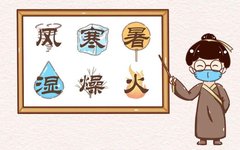
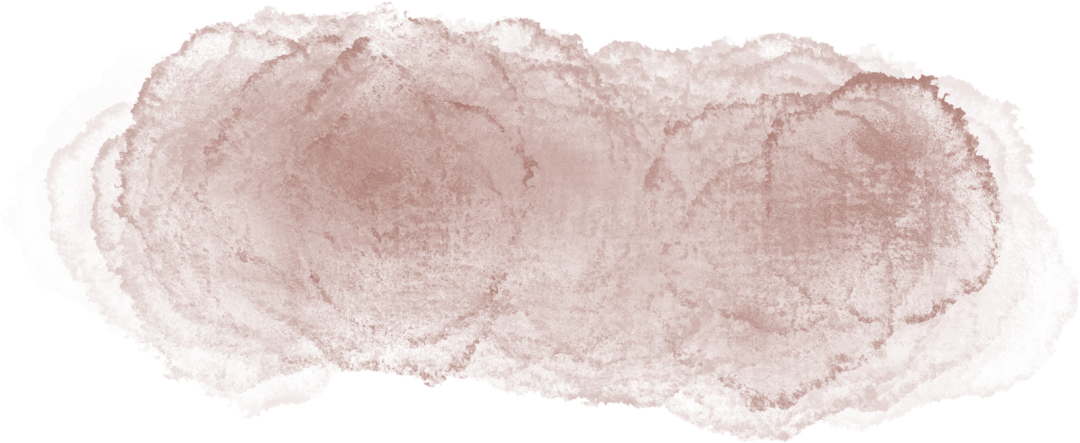
Etiology in Traditional Chinese Medicine

— The Theory of Etiology —
The theory of etiology studies the concepts, formation, nature, pathogenic characteristics, and clinical manifestations of various causes of disease. It is an important component of the theoretical system of Traditional Chinese Medicine (TCM). The causes of disease can originate from both the natural environment and internal factors within the human body.
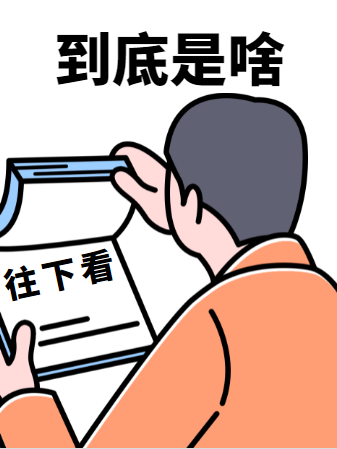

Etiology in TCM
According to the “Shang Han Lun” (Treatise on Cold Damage), there are three main causes of disease: internal causes, external causes, and causes that are neither internal nor external.External causes include the Six Excesses (Liuxie) and pestilential qi (lèqì). The Six Excesses are wind (feng), cold (han), heat (shu), dampness (shī), dryness (zào), and fire (huǒ); pestilential qi refers to infectious diseases. Internal causes include the Seven Emotions (qīngqíng), diet, and work-rest balance. The third category, neither internal nor external causes, mainly refers to injuries from falls, cuts from sharp objects, or bites from insects and animals. Today, we will focus on the Six Excesses.

— Six Excesses —
The Six Excesses refer to the six types of external pathogenic factors: wind (feng), cold (han), heat (shu), dampness (shī), dryness (zào), and fire (huǒ). When there are abnormal climate changes, excessive or insufficient presence of these six qi, or rapid climate changes, and when the body’s righteous qi is insufficient and resistance decreases, these six qi can become pathogenic factors that invade the body and cause disease.
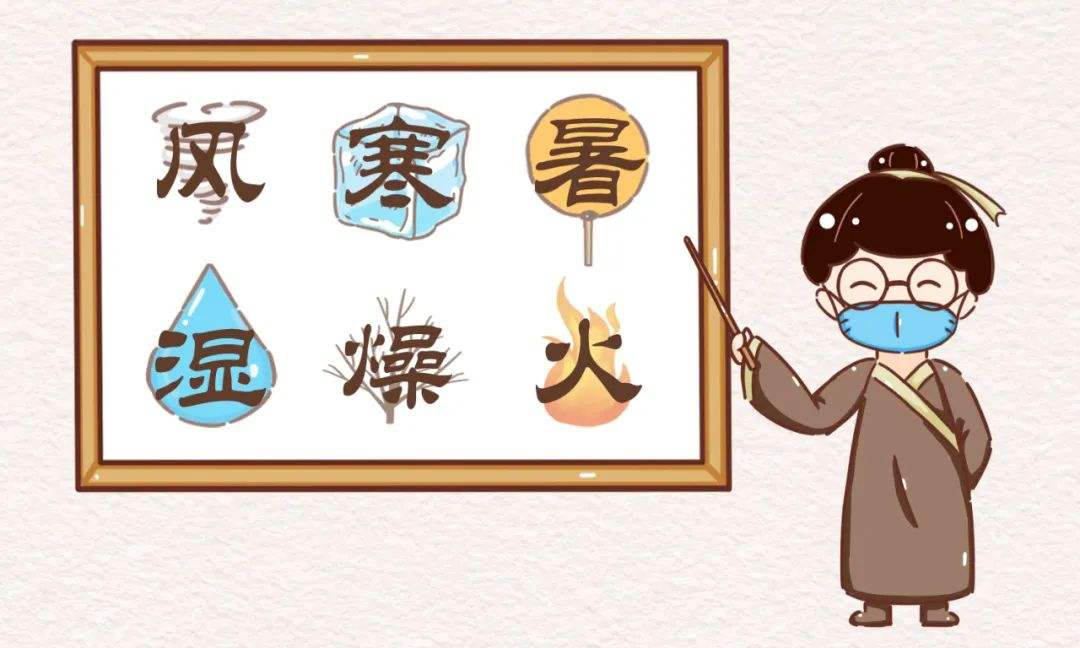


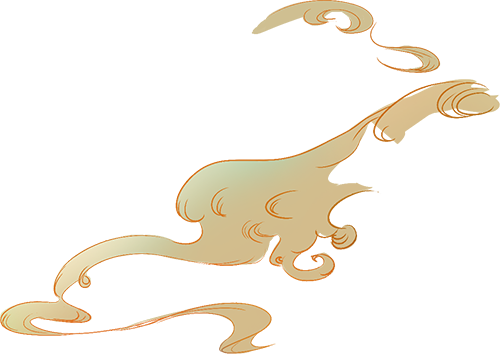
Wind Pathogen
Wind is an invisible flowing air current in nature, the predominant qi of spring, but it can occur in all seasons. Wind pathogens are most prevalent in spring, but can occur in other seasons as well. Wind pathogens enter through the skin and muscles, have a wide range of effects, and are a primary cause of external diseases.

Cold Pathogen
Cold is the predominant qi of winter, but can also be seen in other seasons. Cold pathogens can be classified into external cold and internal cold. External cold refers to cold pathogens directly invading the body, which can be further divided into shāng hán (exterior cold) and zhōng hán (interior cold) based on severity. Internal cold mainly manifests as yang deficiency and qi deficiency. Symptoms include chest tightness, severe pain in the chest and back, and abdominal distension.
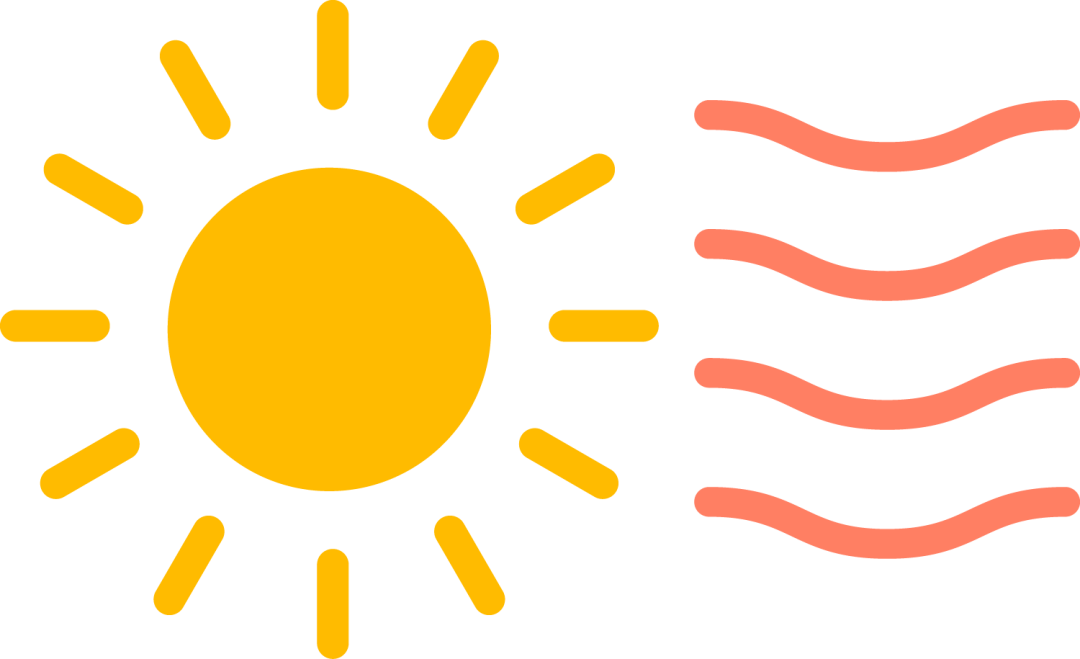
Heat Pathogen
Heat is the hot climate of summer, the predominant qi of summer, and is purely an external pathogen.
Heat Injury
Commonly seen in summer influenza.
Heat Symptoms
Characterized by persistent low fever, which often resolves on its own after the coolness of autumn, commonly seen in children.
Heat Temperature
Commonly seen in diseases like encephalitis B, poliomyelitis, and leptospirosis.
Heat Diarrhea
Seen in viral hepatitis, typhoid fever, etc.
Heat Stroke
Can be classified into sunstroke, heat stroke with convulsions, heat stroke with high fever, and heat stroke with collapse.



Dampness Pathogen
Dampness is the predominant qi of late summer. Excess moisture in the air constitutes dampness, which also includes biological pathogens, and can be classified into external dampness and internal dampness.
External dampness: Caused by biological pathogens and physical-chemical stimuli. It is related to seasons and environment: during the plum rain season, heavy rainfall leads to damp soil, moldy objects, and damp living conditions, making individuals more susceptible to illness.
Internal dampness: Results from spleen dysfunction, categorized under symptom classification. TCM states, “All dampness and fullness belong to the spleen.”

Dryness Pathogen
Dryness is the predominant qi of autumn, opposite to dampness, referring to the phenomenon of reduced moisture and humidity in the air. Dryness can be classified into external dryness and internal dryness; the body can be affected by external dryness, including biological pathogens, leading to disease, termed external dryness.
(1) External dryness is common in the dry climate of autumn, hence TCM refers to it as “autumn dryness.” External dryness often enters through the mouth and nose, with diseases commonly starting from the lung’s defensive qi. External dryness can be further divided into warm dryness and cool dryness. Early autumn is characterized by high temperatures and dryness, known as warm dryness; late autumn is cooler and drier, making individuals susceptible to cool dryness.
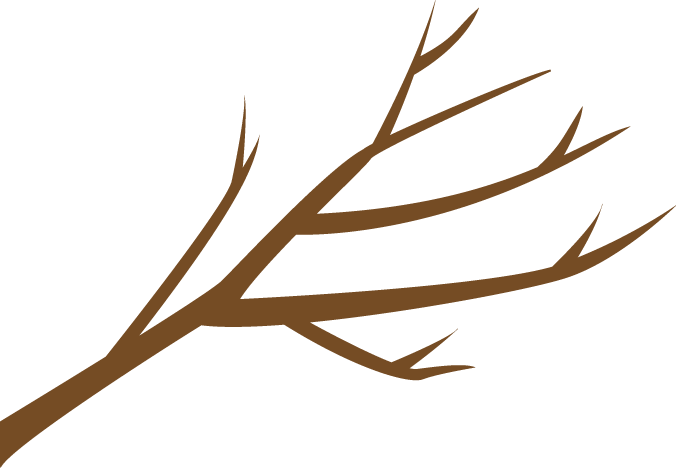
(2) Internal dryness: Refers to symptoms caused by deficiency of body fluids or blood. Internal dryness can occur due to severe vomiting and diarrhea, blood loss, high fever, excessive sweating leading to water and electrolyte imbalance, and functional decline in the elderly, resulting in symptoms of dryness.


Fire Pathogen
Also known as “heat pathogen,” refers to the physical stimulation of light and heat, but largely refers to the syndrome of external heat diseases (including biological pathogens) during the peak of heat. Fire and heat are often mentioned together.
Fire pathogens can be classified into external and internal types. External pathogens directly invade the body; internal fire is caused by abnormal emotional activity or qi stagnation, leading to fire transformation and yin fluid depletion, resulting in symptoms of yin deficiency and excess fire.
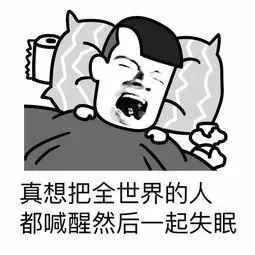
External Heat Pathogen: Heat pathogens can cause inflammation; if they disturb the spirit, symptoms such as irritability and insomnia may occur. They can also consume body fluids, leading to symptoms like dry mouth and thirst, and can cause blood to flow abnormally, resulting in various types of bleeding, such as hemoptysis and hematochezia.
Internal Heat Pathogen, Stagnation Leading to Fire: Internal fire heat syndrome mainly includes heart fire, liver-gallbladder fire, spleen-stomach fire, lung fire, and kidney fire. Heart fire can lead to sores in the mouth and tongue; liver-gallbladder fire can cause headaches and red eyes. Lung fire may present with cough and chest pain. Stomach fire can lead to swollen and painful gums. Kidney fire can result in symptoms such as five hearts heat, constipation, and night sweats.

END

